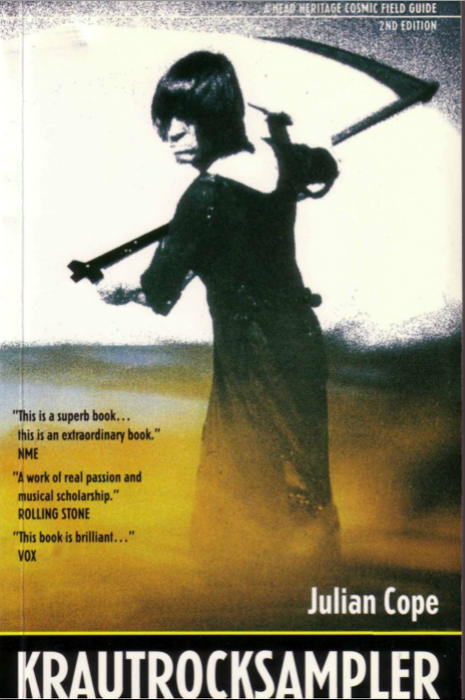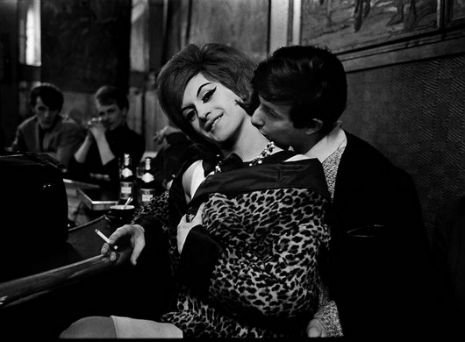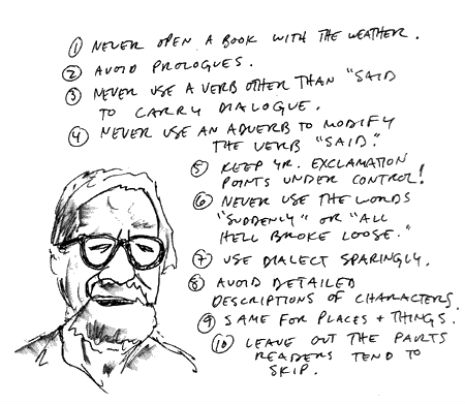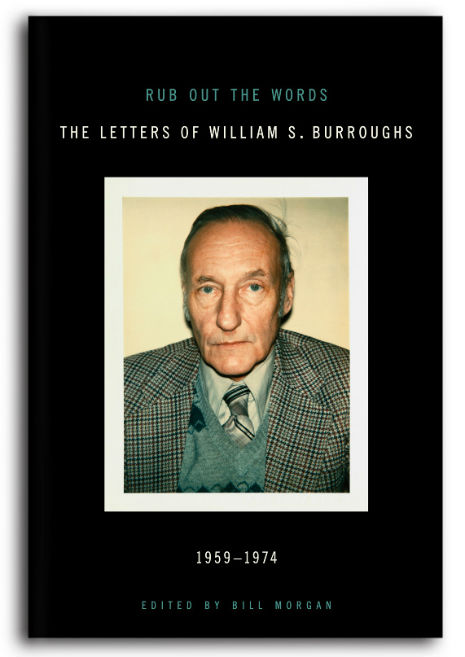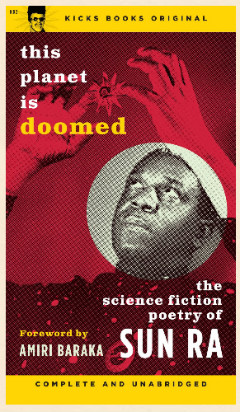
As the old adage goes, the Nineties were just like the 60s but inverted (I think it was on Beavis & Butthead that I first heard that one?) If that was indeed true, then could it be said that the drug culture of the 90s was like that of the 60s only inverted?
Mike Doughty is a singer-songwriter and blogger who is perhaps best-known for fronting the moderately successful 90s alt-rock band Soul Coughing. Doughty’s The Book Of Drugs is a memoir looking back on his time in the band, but moreso (as the title suggests) his addictive relationship with various drugs over the years. From the relatively mild (weed, e) to the more serious (smack, later substituted by alcohol), we’re with him all the way to rehab and the sobering power of the 12-step program (here reffered to mostly as ‘the rooms.’)
This isn’t a book about the insane highs and lows of drug culture, glamorous peaks and perilous troughs - all that sort of thing has been covered in countless other books from the 60s. The Book Of Drugs is rather about the slow, persistent grind of addiction and how it wears the user down over a long period of time, a fitting tone for a book about a period when drug use was seen less as a cutting-edge activity and more a normal part of day-to-day life.
Sure, there are some celebrity cameo drug buddies here, like spliff-caning Redman and the smack-snorting Jeff Buckley (thankfully presented as a regular, fucked up human being rather than some kind of tragic demi-god), but Doughty is still tight-lipped when spilling the real beans. One of the most interesting figures in the book is the unnamed, aging rock star Doughty meets in the New York rooms and who imparts some sage advice. Doughty describes the rock star’s band as basically inventing both punk rock and glam. Hmm, who could he mean? There’s a shortlist of suitable candidates buzzing in my mind…
Doughty does go into lavish detail on the holidays he spent in the far East where his greatest ambition was to stay in his room and nod out. Well, he lavishes upon the reader the bits he can remember, which are scant. Even then, he says, he was pretty crappy at being a good junkie:
I went to the tiny (Khmer] pharmacy to clean them out. I piled box upon box of Valium onto the floor, then noticed—morepreposterous luck!—boxes of codeine. I started flipping those out of the case as well.
I heard a French-accented voice behind me. “What are you looking for?” I turned around and saw a manly, unshaven guy in mirrored shades. I said something half-assed and dismissive.
“Maybe I can help you find what you are looking for?” he said.
I snarled and kept rummaging. He shrugged and went away.
Maybe he was trying to help me in the way I wanted to be helped. who knows what that guy knew how to get—heroin? opium? Here we are in the immediate vicinity of the Golden Triangle. there were a number of basic drug-addict skills that I never got together.
Doughty’s experience of “the rooms,” and especially his squaring of an atheist’s lack of belief with the 12-step program’s insistence upon deferring to a higher power, make for some of the books highlights. In fact, towards the end of the book I was totally sold on the rooms as a potential lifestyle-choice, and had developed an almost Marla Singer-esque desire to go and hang out at my local AA meeting.
However, for all the damage being a drug addict, smack-head and alcoholic has done to Doughty, he saves his real ire not for the drugs, or his various addictions, but for the other members of his former band (who all remain nameless to the bitter end). Some of these passages are bitterly entertaining, and again go to show that like drug consumption itself, by the time the 90s rolled around being in a band was less a glamorous calling than a slog-like routine. One just hopes that, like the drugs he has so successfully kicked, at some point in the future Doughty will be able to let go of all the pain and sadness Soul Coughing has brought him:
I’m full-bore batshit crazy with regards to Soul Coughing. If somebody says they love Soul Coughing I hear fuck you. Somebody yells out for a Soul Coughing tune during a show, I hear fuck you. If I play a Soul Coughing song and somebody whoops - just one guy - I hear fuck you. people email my own lyrics at me—“Let the man go through” or “You are listening”—oddly often (how weird is that, to blurt somebody’s own lyrics at them?), and I type back “Don’t put that one me, I’m not that guy any more, that guy is dead.”
If somebody comes up and says, I’ve been listening to you since 1996, it means I had a definitive youthful drug experience to an old CD, and now you’ll never escape that band that you loathe, and you are forever incomplete without those three hateful faces.
Mike Doughty “Na Na Nothing” (and to be fair, his solo stuff IS better!)
You can buy Mike Doughty’s The Book Of Drugs here.






